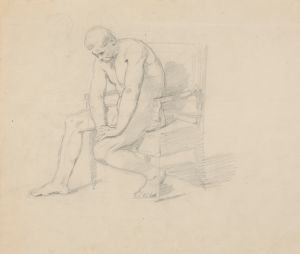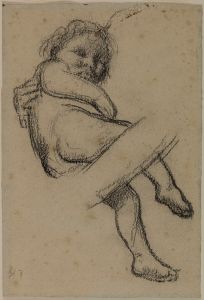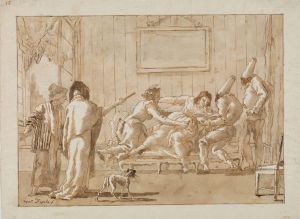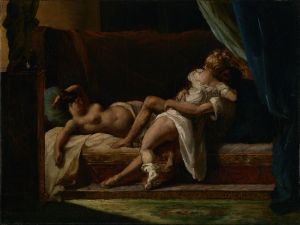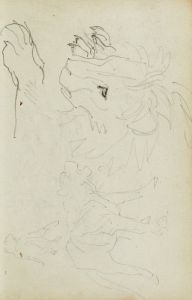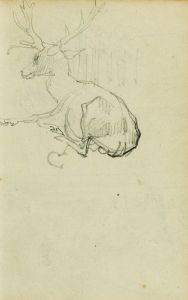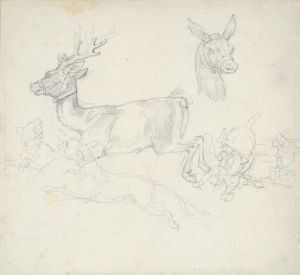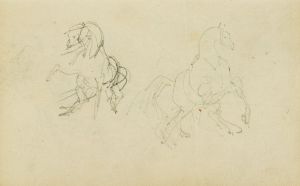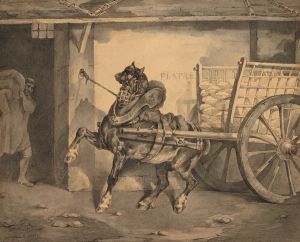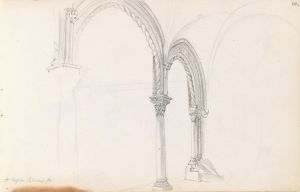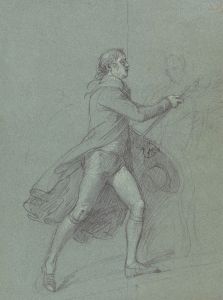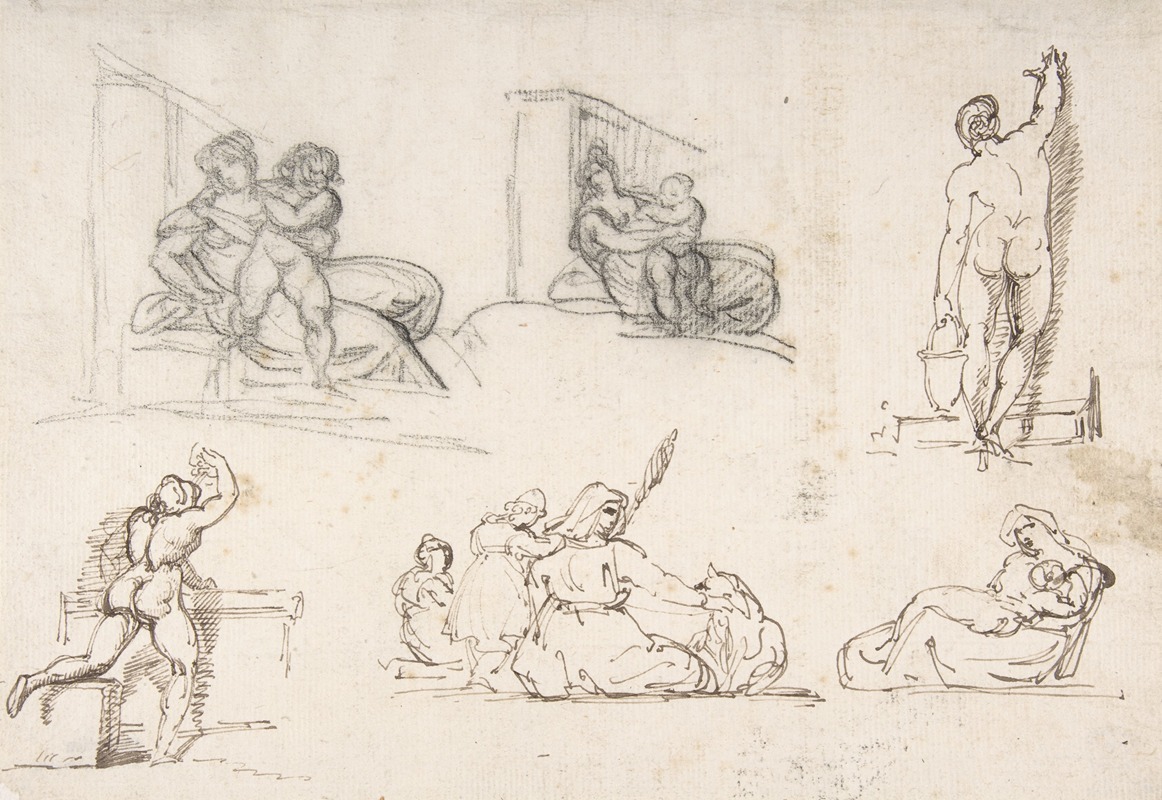
Six Figure Studies, including four for The Poor Italian Family
A hand-painted replica of Théodore Géricault’s masterpiece Six Figure Studies, including four for The Poor Italian Family, meticulously crafted by professional artists to capture the true essence of the original. Each piece is created with museum-quality canvas and rare mineral pigments, carefully painted by experienced artists with delicate brushstrokes and rich, layered colors to perfectly recreate the texture of the original artwork. Unlike machine-printed reproductions, this hand-painted version brings the painting to life, infused with the artist’s emotions and skill in every stroke. Whether for personal collection or home decoration, it instantly elevates the artistic atmosphere of any space.
Théodore Géricault, a prominent French Romantic painter, is best known for his dramatic and emotive works, including "The Raft of the Medusa." Among his lesser-known but equally significant contributions to art are the "Six Figure Studies, including four for The Poor Italian Family." These studies are preparatory works created by Géricault as part of his exploration of human emotion, physicality, and social conditions.
The "Six Figure Studies" are believed to have been created during Géricault's career when he was deeply interested in capturing the raw and unidealized aspects of human life. These studies include four figures that are associated with a composition referred to as "The Poor Italian Family." The figures in these studies are rendered with meticulous attention to anatomy and expression, showcasing Géricault's mastery of the human form and his commitment to realism. The works reflect his broader interest in depicting marginalized individuals and exploring themes of poverty and suffering, which were recurring motifs in his oeuvre.
Géricault's figure studies were often preparatory exercises for larger compositions or standalone explorations of specific themes. In this case, "The Poor Italian Family" appears to have been a project that was either never completed or has since been lost. The surviving studies provide valuable insight into his artistic process, revealing his method of working through individual figures and poses before integrating them into a cohesive composition. The studies also highlight his use of chiaroscuro and dynamic poses to convey emotion and movement.
The exact circumstances surrounding the creation of these studies, including their intended purpose and the identity of the figures depicted, remain unclear. However, they are consistent with Géricault's broader interest in social realism and his fascination with the human condition. These works are considered significant examples of his draftsmanship and his ability to convey psychological depth through the human figure.
Today, the "Six Figure Studies" are appreciated as important components of Géricault's body of work, offering a glimpse into his artistic process and his engagement with themes of poverty and humanity. They are studied by art historians and enthusiasts for their technical skill and emotional resonance, as well as for their contribution to the Romantic movement in art.





